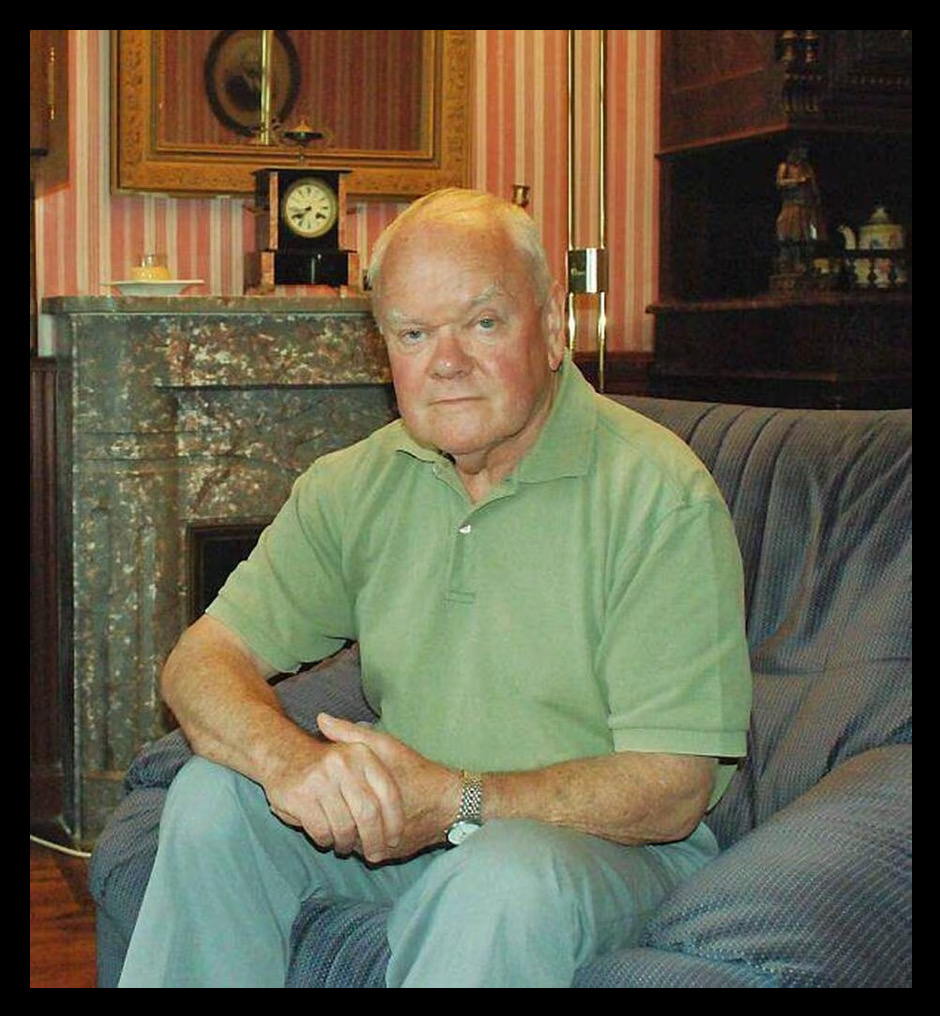 With great sadness we announce the passing of Jean-Louis LE MOUËL, a French geophysicist, Member of the Academy of Sciences (Universe Sciences section – 1988), Officer of the Legion of Honor, of the Order of Merit & of the Academic Palms Veteran (FNACA) & Honorary Citizen of the commune of Remungol and Physicist Emeritus at the Institut de Physique du Globe de Paris (IPGP), which he chaired from 1991 to 1996.
With great sadness we announce the passing of Jean-Louis LE MOUËL, a French geophysicist, Member of the Academy of Sciences (Universe Sciences section – 1988), Officer of the Legion of Honor, of the Order of Merit & of the Academic Palms Veteran (FNACA) & Honorary Citizen of the commune of Remungol and Physicist Emeritus at the Institut de Physique du Globe de Paris (IPGP), which he chaired from 1991 to 1996.
Rupture model of the Kamchatka megathrust earthquake of 29 July 2025 (Mw = 8.7–8.8) derived from GNSS Observations
This rupture model was derived using horizontal and vertical displacement data from ten GNSS stations, averaged over the first two days following the earthquake. The model comprises a set of arbitrarily shaped polygons lying in a single fault plane (strike = 220°, dip = 28°), within which slip is assumed to be spatially uniform. Each polygon is defined as an assemblage of point sources. Slip amplitudes within the source are shown in Figures a and b in black font. The initial geometry of the polygons was constrained by the spatial distribution of aftershocks during the first week after the mainshock. Initial slip estimates were obtained from empirical scaling relationships between slip and magnitude. Subsequent adjustments to both geometry and slip distribution were made to achieve the best fit to the GNSS observations.
More“Rupture model of the Kamchatka megathrust earthquake of 29 July 2025 (Mw = 8.7–8.8) derived from GNSS Observations”CLARIFICATION OF THE NATURE OF TYPICAL PRECURSOR ANOMALIES FOR DIFFERENT-DEPTH EARTHQUAKES IN THE KURIL-KAMCHATKA REGION
Previously, in a series of the author’s works on the construction and analysis of the generalized vicinity of a large earthquake (GVLE), a set of average predictive anomalies was described in details. It was shown that the physical mechanism of earthquakes of different depths is different, and, accordingly, their precursors are different also
More“CLARIFICATION OF THE NATURE OF TYPICAL PRECURSOR ANOMALIES FOR DIFFERENT-DEPTH EARTHQUAKES IN THE KURIL-KAMCHATKA REGION”An efficient Galerkin method for problems with physically realistic boundary
The paper «An efficient Galerkin method for problems with physically realistic boundary» conditions was published in the journal «Computer Physics Communications». The author of the article is doctor of physical and mathematical sciences O.M.Podvigina.
More“An efficient Galerkin method for problems with physically realistic boundary”Are strain rate lows proxies of low-potential of strong earthquakes? A case study in Western China
Strain accumulation is believed to be closely related to the occurrence of strong earthquakes.
More“Are strain rate lows proxies of low-potential of strong earthquakes? A case study in Western China”Global Geodynamic Model of the Earth and Its Application to the Arctic Region
A geodynamic model of the modern Earth is constructed based on the SMEAN 2 global seismic tomography model with an emphasis on the Arctic region. For a spherical Earth model, a solution of the Stokes equation for a viscous fluid was obtained based on seismic tomography data using the CitcomS code. The resulting distributions of temperature anomalies and velocity fields of mantle flows explain the main features of the modern geodynamics of the Arctic region.
More“Global Geodynamic Model of the Earth and Its Application to the Arctic Region”Number of Aftershocks in Epidemic-type Seismicity Models and reality
About the article by G. Molchan published in Geophys. J. Int.,239 (2024).
The widely used ETAS seismicity model describes the clustering of seismic events as an epidemic-type process (property A), assuming that the F1 distribution of the number of direct aftershocks is Poisson (property B). The real data favor the geometric distributions F1 (Shebalin et al., 2018). The F2 distribution of the number of all events in a cluster with relative magnitude (relative to the main shock) greater than – Δ is often also associated with geometric type However, the coincidence of distribution types F1 and F2 turns out to be in contradiction with the A-property, and the geometric type F1 is in contradiction with the B-property.
More“Number of Aftershocks in Epidemic-type Seismicity Models and reality”
